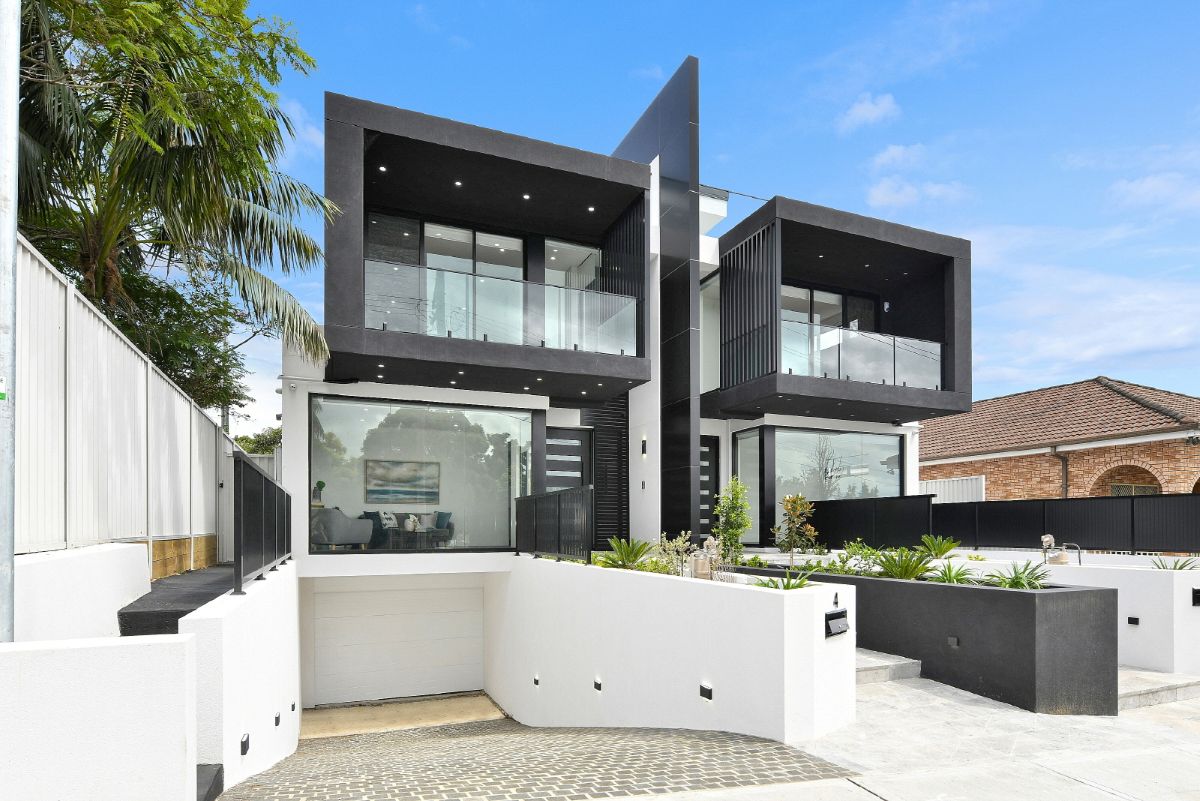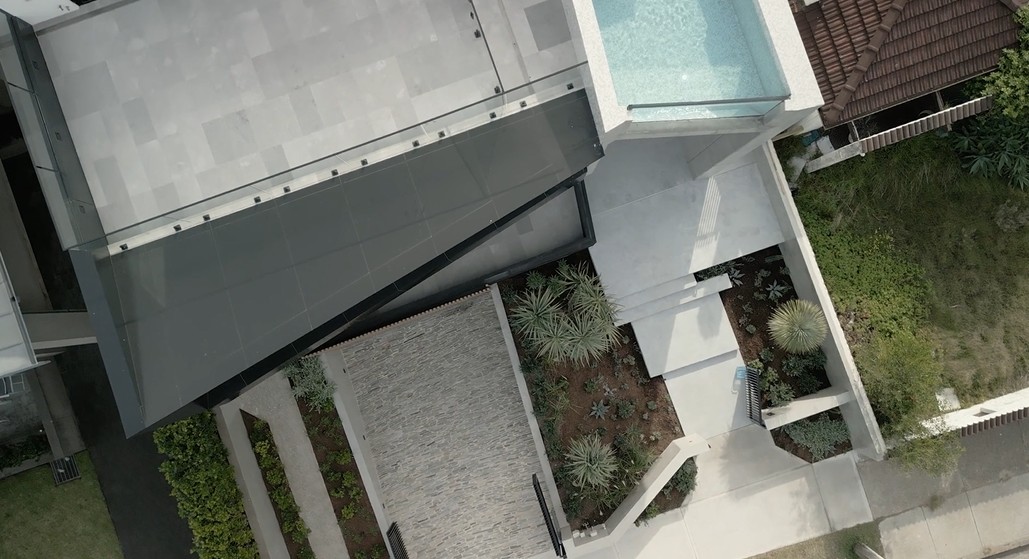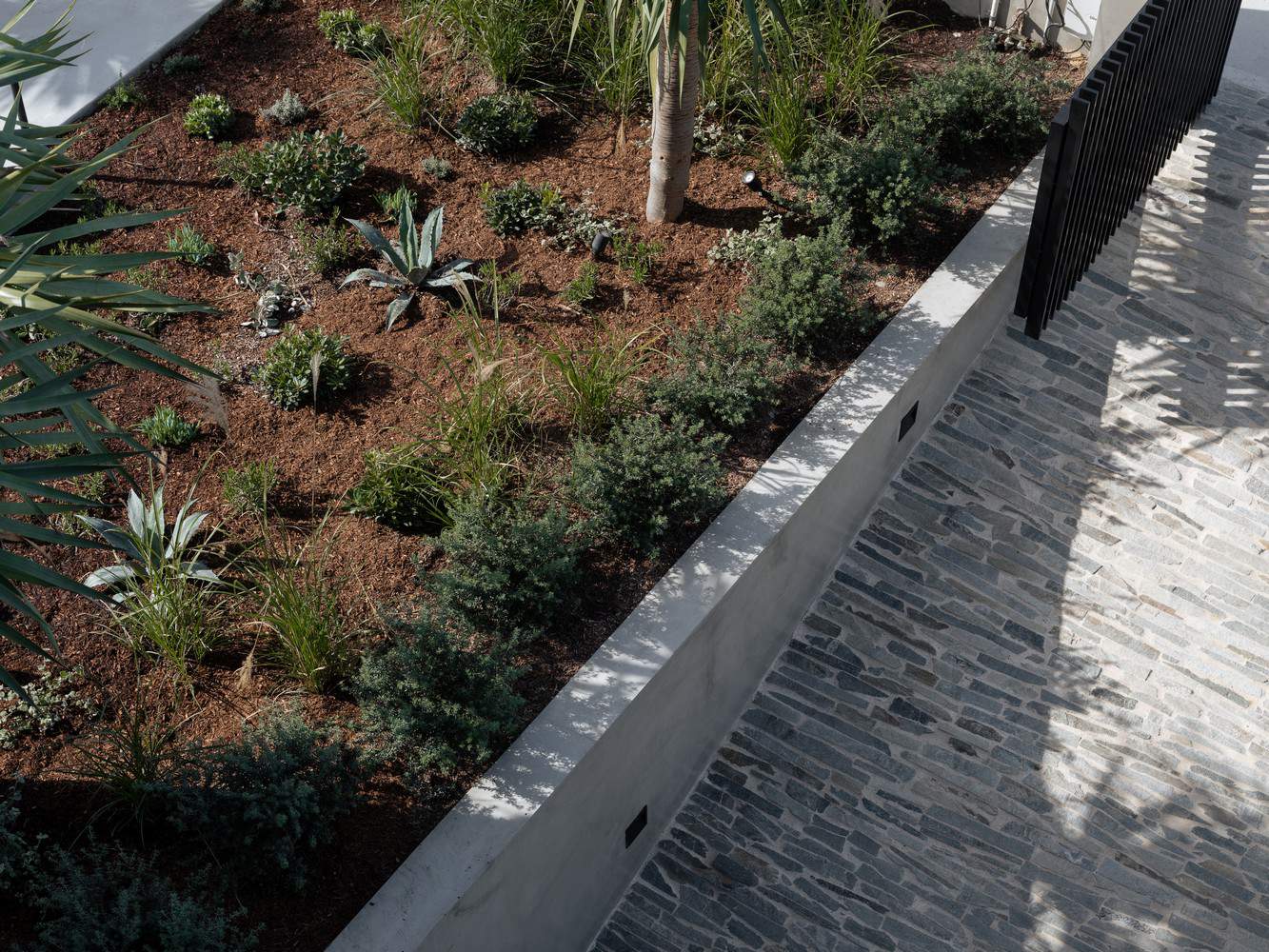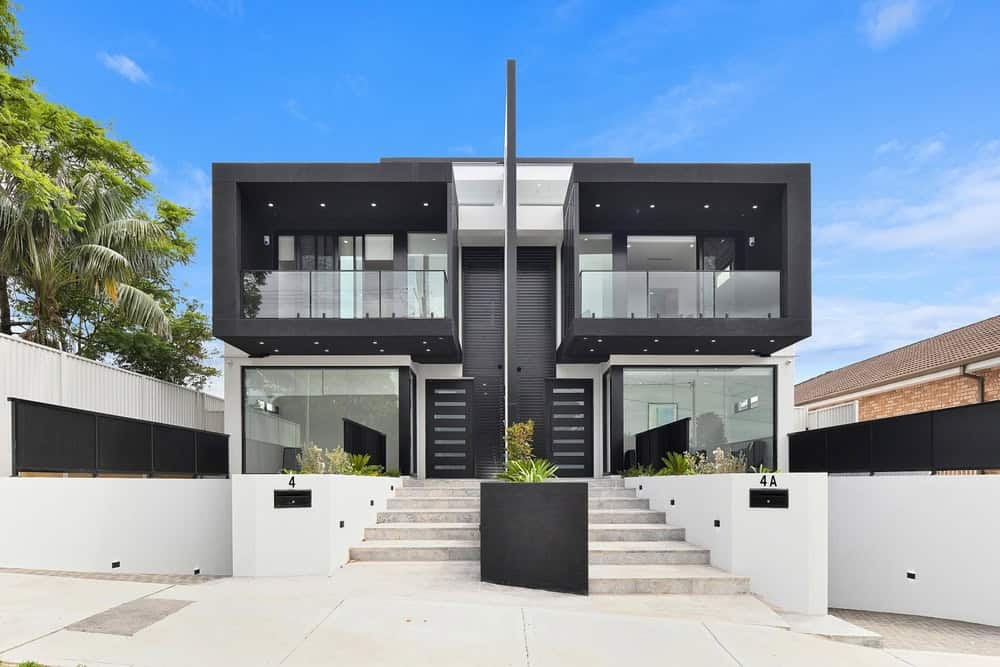Maximise the Potential of Your Dream Home on a Sloping Site
Purchasing a sloping block in Sydney can often be a more economical decision compared to acquiring a flat plot; however, this does not imply a compromise on quality or property value.
In fact, a sloping terrain can become a remarkable advantage when you collaborate with a proficient custom builder who is adept at crafting homes that are in harmony with the natural landscape.
From innovative downward sloping block house designs that feature garage basements to tastefully designed split-level homes that enhance natural lighting and offer breathtaking views, sloping land presents distinctive opportunities that flat lots simply cannot replicate.

How Can You Optimise a Sloping Block to Enhance Your Living Experience?
The fundamental guideline for working with sloping land is to design in concert with the slope, rather than against it.
A downward slope that descends towards the street is particularly suitable for designs that incorporate basement garages or living areas that fluidly transition into the backyard.
On the other hand, an upward slope provides an exceptional canvas for multi-level or split-level homes, allowing for an innovative stepped design that promotes elevated, private spaces.
For properties showcasing side-to-side gradients, employing terracing or imaginative retaining walls can yield striking architectural results.
When your design aligns with the natural contours of the slope, it opens the door to multi-level living, resulting in layered spaces, distinctive architectural features, and lifestyle amenities that are simply unattainable on a flat block.
What Key Steps Are Necessary for Successful Construction on a Sloping Site?
Constructing a home on a slope necessitates a more detailed planning approach compared to building on a conventional flat block. It begins with a thorough site evaluation that includes soil testing, drainage analysis, and precise slope measurements.
From this comprehensive assessment, your builder and engineer will suggest the most suitable foundation system, which may involve a pier-and-beam, split-level, or slab-on-grade approach, particularly in areas where the slope is moderate.
Additionally, a meticulously planned drainage system is imperative for this process. Without effective drainage solutions, stormwater can jeopardise foundations or lead to flooding issues. Local councils frequently impose stricter approval processes for residences built on slopes, often requiring extensive reports on soil stability, water management strategies, and environmental impact assessments.
Selecting a builder who is well-versed in these stipulations will not only conserve valuable time but also help avert potentially costly setbacks.

What Are the Major Challenges and Considerations When Building on Sloping Sites?
Constructing on sloping sites presents unique obstacles that homeowners must be prepared to address:
- Soil stability must undergo thorough testing to guarantee secure foundations and enduring structural integrity.
- Foundation systems differ according to the gradient; typically, steeper sites necessitate piers or split-level foundations to adequately support the structure.
- Excavation and earthworks might be essential to level or adjust portions of the site, which can significantly increase overall costs.
- Drainage must be meticulously designed to effectively manage water runoff and protect against soil erosion.
- Council regulations may be more stringent, especially in areas susceptible to bushfires or flooding, requiring thorough compliance.
- Access for vehicles and pedestrians may demand inventive design solutions to guarantee safety and ease of movement.
These considerations often dissuade many builders from engaging in projects on sloping blocks; however, with the appropriate expertise, each challenge can be transformed into an invaluable opportunity for innovative design and construction.

Discover the Unique Advantages of Building on a Sloping Site
Architectural character
Constructing on sloping sites allows homes to integrate seamlessly with the natural environment, resulting in breathtaking architectural forms, layered facades, and floor plans that appear to be bespoke creations rather than standard designs.
Multi-level living
Split-level or tiered layouts effectively separate living zones, enabling families to relish private retreats, entertainment areas, and practical connections between indoor and outdoor environments.
Space for lifestyle features
A sloping block inherently accommodates additional features such as basements for gyms, home theatres, or wine cellars, as well as expansive outdoor living spaces that integrate beautifully with the site.
Long-term value
Homes constructed on slopes typically stand out in the property market. Their unique architectural character, presence, and functional design contribute to robust resale potential, making them a worthwhile investment opportunity.
How Much Should You Allocate in Your Budget for Building on a Sloping Block?
This question is often among the first that homeowners pose. Unfortunately, there isn't a one-size-fits-all answer, as costs can vary significantly based on elements like gradient, soil type, accessibility, and overall design complexity. Typically, a gentle slope of approximately three metres across the building area is manageable without incurring excessive costs, while more pronounced slopes may necessitate additional excavation, retaining walls, and specialised engineering solutions.
Although the initial expenses associated with building on a slope may exceed those of a flat block, the long-term advantages—including improved lifestyle options and heightened resale value—often justify the investment.
What Are the Possible Disadvantages of Constructing a Home on a Slope?
The primary disadvantages relate to expense and complexity. Earthworks, retaining walls, and drainage systems can profoundly impact the overall budget. Moreover, the construction timeline may extend due to the increased engineering requirements and the local council approval processes.
Access, both during the building phase and after the home is completed, can present challenges, particularly on exceptionally steep blocks.

Why Should You Steer Clear of Standard Builders for Sloping Sites?
The unfortunate reality is that taking such a risk can lead to considerable challenges. Constructing on sloping land without the guidance of a knowledgeable builder can result in severe issues, including unstable foundations, potential water damage, and excessive budget overruns. A sloping block builder in Sydney provides the essential structural expertise and strategic planning necessary to ensure that the slope is leveraged to your advantage rather than becoming a hindrance.
Transform Your Sloping Block into a Valuable Asset with Expert Guidance
At Phase Projects, we view sloping sites as exciting opportunities for innovation and design.
Whether your vision encompasses a downward sloping block house design featuring a basement garage or a split-level home that elegantly showcases the stunning Sydney skyline, we specialise in transforming challenging terrains into extraordinary custom luxury homes.
Our dedicated team manages the entire process, from geotechnical testing and securing necessary approvals to construction and final handover, ensuring a seamless and successful project.
The Article: Building on a Sloping Block in Sydney: What to Expect first appeared on https://writebuff.com
The Article Building on a Sloping Block: Expectations for Sydney Homes Was Found On https://limitsofstrategy.com


